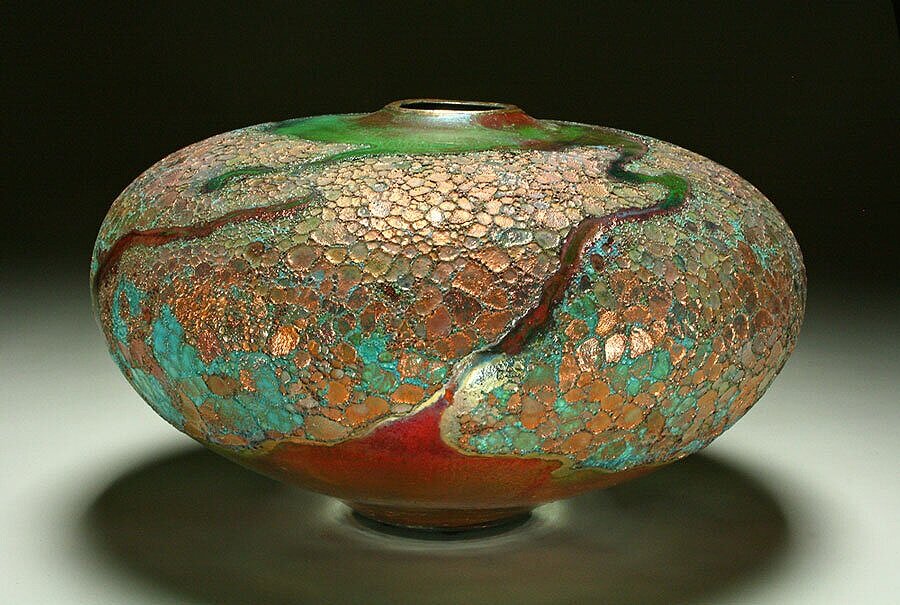Arranging An Art-Filled Home Is A Sweet Fit For Sculptor And Ikebana Practitioner
by Carolyn Comeau
“Steven Forbes-deSoule is a celebrated Raku sculptor — highly accomplished in the American form of the Japanese art, where the vessel is removed from the hot kiln and placed in combustible materials. His wife Lynn Powell Forbes, a retired Buncombe County Schools ESL specialist, is a master of the Japanese art of flower arrangement known as ikebana (she is president of the Asheville chapter of WNC Ikebana International).”




